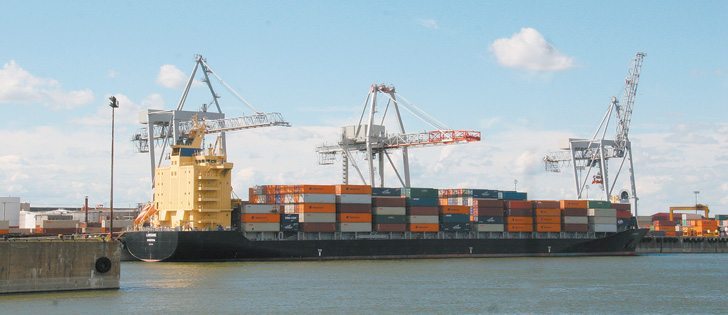The federal Conservatives make no secret of the fact that they’ve made deficit reduction a priority.
But for them to target drastic reductions in farm income support eligibility, which translates directly into the amount of money available to farmers in times of need, is short-sighted.
Farm income support agreements between Ottawa and the provinces are revisited every five years. With new programs scheduled to take effect April 2013, negotiations are now mapping out a new plan.
Federal government proposals on the table could result in $2 billion less in combined spending between Ottawa and the provinces combined.
Read Also

Farmer ownership cannot be seen as a guarantee for success
It’s a powerful movement when people band together to form co-ops and credit unions, but member ownership is no guarantee of success.
The largest of those cuts reportedly would come out of Agri-Stability eligibility rules. Farmers now receive a payment when their incomes fall to 85 percent of their historical averages.
A proposal had been floated to change the eligibility trigger point to 50 percent, although it was later adjusted to 70 percent after early negotiations.
Even a 70 percent of average rule would save Ottawa and the provinces, which cost-share the program, as much as $2.2 billion. That’s a huge bull’s-eye for budget cutters.
The explanation for the cuts is not unreasonable. After all, farmers are seeing some of the highest prices ever. Even if prices do not stay at present levels, and they most certainly will not, the good times are rolling and that makes maintaining present support levels tough to justify.
As well, the agricultural industry is in the throes of historic change with the end of the CWB monopoly and unprecedented dealings in the private grain trade as companies jostle to position themselves for the open market.
That excitement, combined with the flush times, means farmers are contented and satisfied, at least most of them.
And happy farmers are far less likely to protest cuts to programs they aren’t presently using than are farmers in dire straits.
AgriStability, AgriInvest, AgriRecovery and AgriInsurance make up the national Growing Forward farm program safety net. They were established to provide farmers with predictable, stable incomes.
The bankability factor is key. In addition to seeing that farmers are able to withstand market price fluctuations, the programs help farmers receive the financing they need to carry on their businesses. Understandably, banks are big on farmers using the business risk management tools at their disposal.
Cuts to eligibility rules could affect farmers’ access to credit and expose them to wild variabilities in the market.
The problem for Ottawa and the provinces is that as commodity prices rise, so too does their exposure.
The reference margins that determine average incomes for Agri-Stability use three of the past year years, with the highest and lowest income years discarded.
During the next five years, if crop prices continue to rise, so too will farmers’ average historical incomes. That makes the business risk management programs more expensive to maintain, at least in theory.
However, with the present economic conditions on the Prairies, few farmers are going to have to draw on them.
Conversely, if there were consecutive lean years that lasted long enough to draw farmers’ historical incomes down, as there have been in the not too distant past, are governments going to revisit the possibility of adding ad-hoc emergency payments?
The present business risk management programs were designed to avoid that scenario.
To reduce them sends us back down the path where governments force farmers to come hat-in-hand for handouts every time there is an income crunch.














